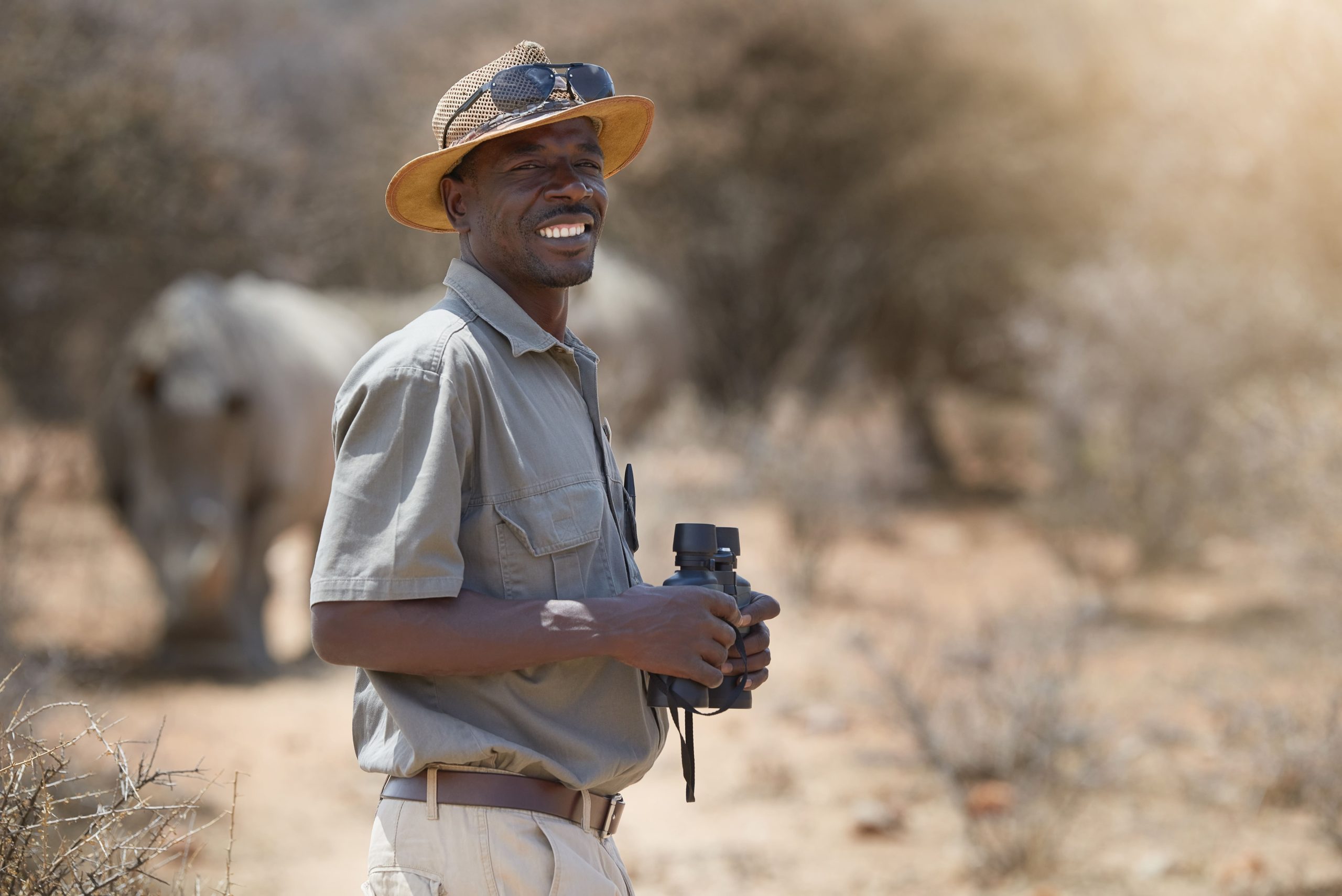Ever wonder how your guide seems to know exactly where to turn? Or how they spot a lion hidden in grass you’d never have noticed? It’s not luck. It’s a combination of skill, observation, and years of understanding the language of the bush.
Tracking starts with footprints, or spoor. Guides look for fresh impressions in the dirt—size, depth, and pattern all tell a story. A clean lion print with sharp edges? Probably less than 30 minutes old. Multiple prints crossing the road? Possibly a pride on the move.
But tracking is more than prints. Guides also read droppings, broken branches, flattened grass, and even the direction of disturbed dust. They use bird alarm calls—like the raucous cry of a francolin or the snorting of impalas—to triangulate predators. It’s a full-body, full-sense experience.
Timing also matters. Most predators are active early morning and late afternoon. Knowing when and where a leopard was last seen can shape the entire day’s plan.
At Letaba and surrounding regions, guides often find elephant herds by the trail of stripped bark and dung. With patience and silence, they wait—and are often rewarded with unforgettable encounters.
Tracking isn’t just a skill—it’s a way of seeing the bush differently. It turns every drive into a mystery waiting to be solved.

